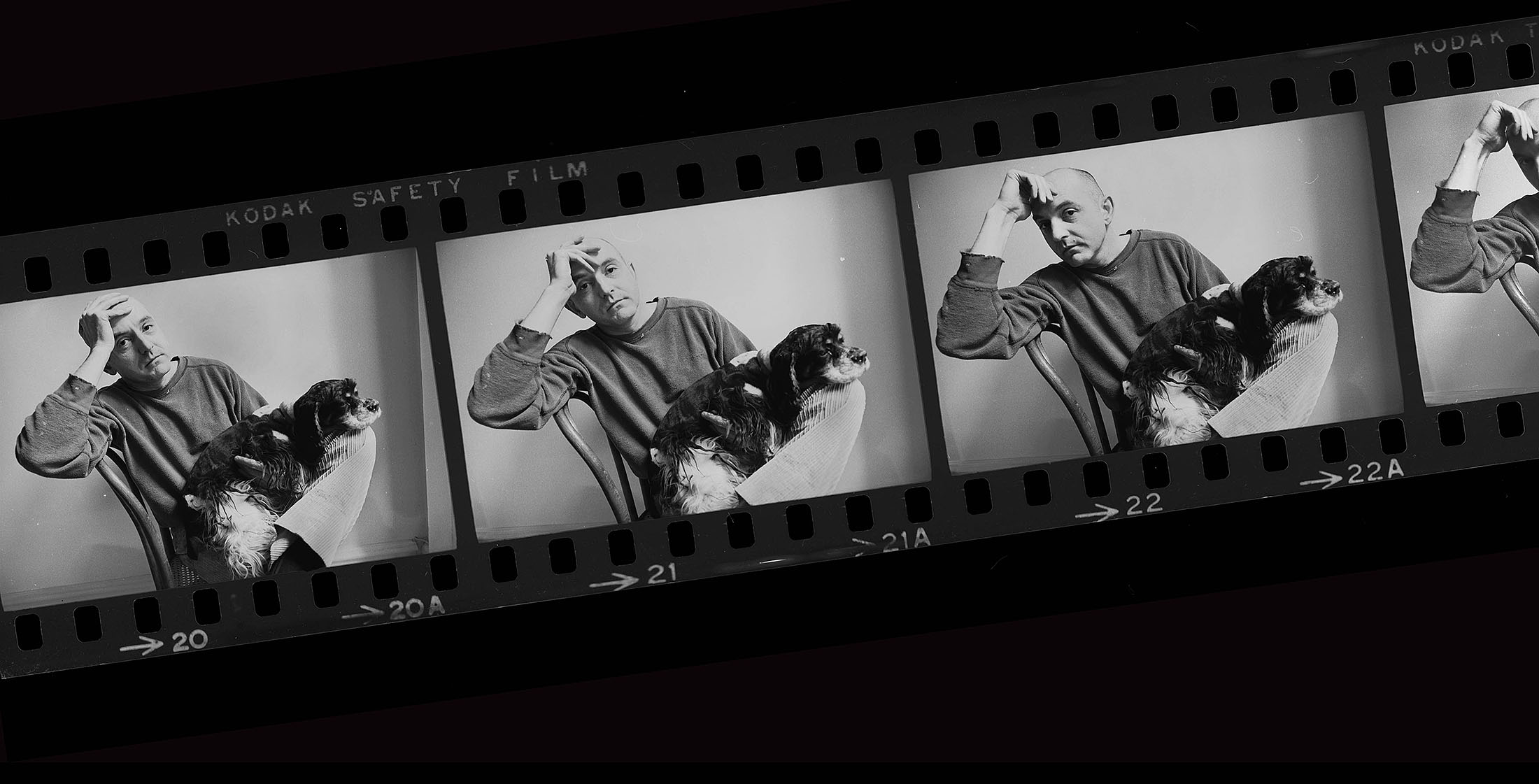Duane Michals, Part 2: “I’ll do anything.”
In this part of the interview Duane talks about how “you need to get into all of you” when you photograph, about doing comedy with a waitress friend…and about how boring photography classes are.
I don’t think of Duane Michals’ work as illustrating the far-reaching ideas he deals with. Instead, he gets the ideas to happen, right there in front of you. And he begins his work by sitting and thinking, no camera in sight.
Most photographers don’t work this way. They tend to go looking for “interesting things,” like a flash of light on a wall, an intense situation, something indefinably disquieting, an odd looking face. Or they head for an “interesting place”—Mynamar or Detroit or someplace—and start looking around. And this can produce work. But when it doesn’t, I think it is because they expect the interest of the subject to do the creative lifting for them and make their pictures interesting.
But it won’t. As Jay Maisel pointed out, you have to be interesting. It is your interestingness, your curiosity, your courage, your degree of self-awareness that makes the insights of art begin to happen.
Duane is as interested and interesting as anyone, but he works differently. He starts by thinking about things: how do you photograph chance, what does dying really look like? Then he follows his thoughts freely wherever they take him. If ideation is left-hemispheric in it’s origin, he moves it directly to the right, to the realm of thoughtless perception, then he watches what happens next.
Although Duane’s pieces may start with ideas, he quickly roots them in the ordinary world. From there they can open out to longer views that are the more startling because of the ground they grew in.
For example, if I were asked to do an illustration for Discover magazine on matter as light, I might show an undefined space with a person’s head in the foreground looking away from the viewer into a field of stars and galaxies and light all flowing together.
But if Duane were doing it, I think he might tend to begin with a view of the everyday and let the transition to cosmic grow out of that. For example, in an early sequence called The Human Condition that deals with this idea, a man stands in the 14th street subway station, an every-day setting, just heading uptown or whatever. Then in sequential images the man starts to glow slightly, then to get brighter, and to incandesce, until finally he morphs into a spiral galaxy floating in a space. Duane has us witness a man turning into light right there in the subway, right in front of our eyes…at just 9:07, as the clock says. Its the cosmic bursting into the every day.
What gives this sequence much of its impact is the way the vision occurs not as a blinding flash of insight but as a glow in the quotidian. And technically it is done at a certain level of crudeness, no CGI. It doesn’t distract with a perfect illusion but takes us to the idea of vast possibilities in the everyday.
You can see this sequence here. It is not brilliantly presented, but you’ll get the idea.

